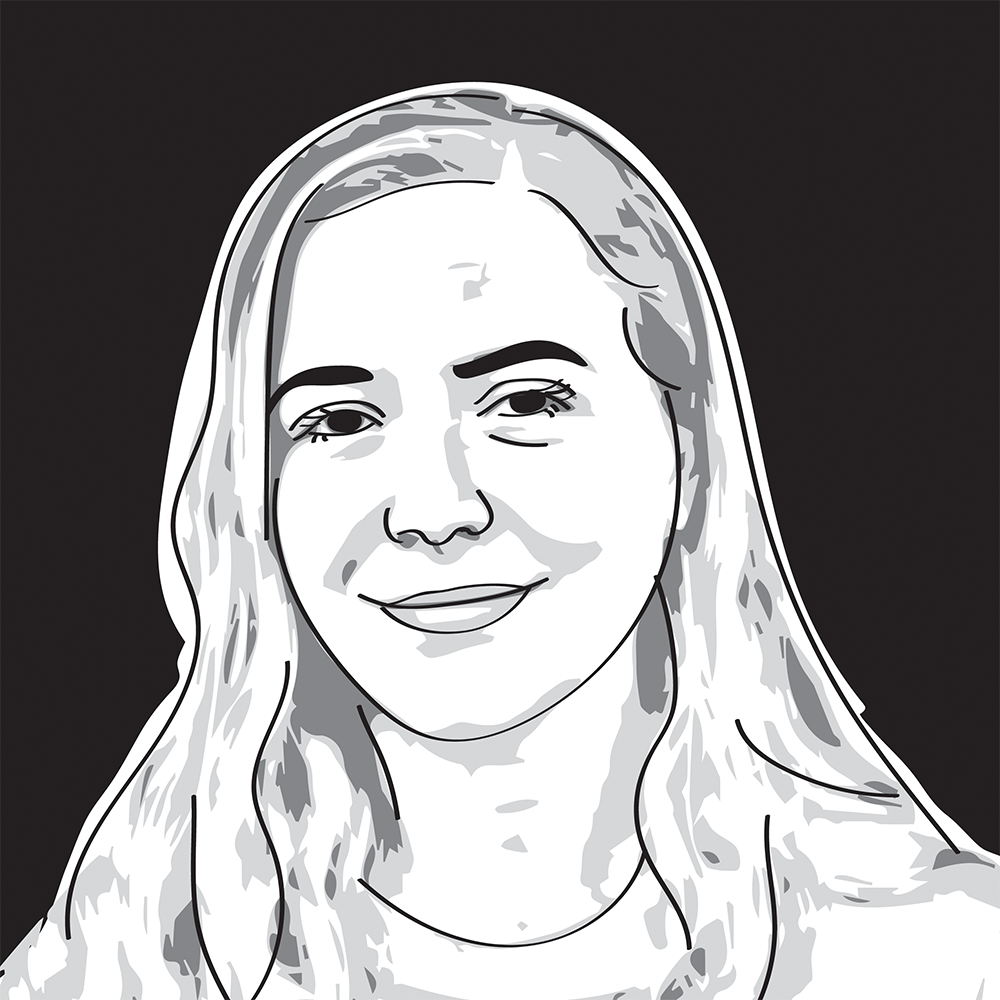As I was browsing the AMC website the other day, I noticed that Peter Jackson’s “They Shall Not Grow Old” had returned to the theater on account of popular demand. Given the endless critical praise and the film’s status as one of the highest grossing documentaries of 2018, I was intrigued to see how Peter Jackson’s knack for detail and artistry would bring to life century-old footage of World War I.
As part of a partnership between the Imperial War Museum and 14-18 Now, a cultural program marking the centennial of WWI, Jackson and his team were commissioned to create a film for the project. The museum provided 100 hours of footage from its archives for Jackson to use for the documentary. His team digitally restored, trimmed, colorized and adjusted the frame rate of all 100 hours to convey an intimate portrayal of British soldiers’ experiences living in the trenches and fighting on the Western Front. Jackson paired the footage with BBC archive audio from the ’60s and ’70s, which essentially serves as the film’s narrator.
Jackson’s restoration of the footage constituted a lengthy and complex process that yields a historically accurate and artistically valuable result for viewers. The film opens in black and white, depicting the recruitment and training process that British soldiers went through before arriving on the Western Front. Many veterans explain how they lied about their ages, reflecting their eagerness and excitement to be a part of the fighting. When the soldiers reach the Western Front, color suddenly emerges to the screen, signifying their entry into the devastating reality of war. The immediacy of the transition feels like an assault on the viewer’s expectations, much like how the brutal effects of the war abruptly overturned the soldiers’ initial enthusiasm. From here, the film seems to open up, inviting the viewer to experience the death and destruction that came to color the lives of these men.
The modernization of the footage also allows us to see the soldiers’ faces in clearer detail and subsequently allows us to identify with their expressions. This offers a more intimate view and understanding of the men who fought in the war. For years, this understanding was lost in grainy, relatively incomprehensible footage, which, Jackson has noted, masked the humanity of the soldiers. The film’s close-up shots and its focus on these individual moments of expression or reaction reinforce the idea that we are witnessing the war from the soldiers’ perspectives — an angle that has been generally overlooked.
While the visual aspects of the film are highly impressive, the audio further humanizes the people on the screen. The details of the war are told through hundreds of different voices, which convene to establish a complete story. This is a particularly poignant choice for the centennial project, as it allows the voices of the soldiers to be heard without interruption or diversion. Rather than using a more traditional way of recounting this history — such as through the use of a single narrator or by drawing on reflections of WWI historians or experts — Jackson uses the individual voices of the soldiers to augment the intimacy that we feel when confronted with the old footage, especially with close-up shots of the soldiers’ faces.
Jackson’s curiosity and passion for the subject matter stems from his grandfather’s experience as a soldier in the British Army. This personal connection is likely the driving force behind the major triumph of “They Shall Not Grow Old”: a commitment to showcasing the soldiers’ personal experiences. Through his incorporation of the soldiers’ memories and feelings into almost all of the film, Jackson proves that a dedication to history and its manifestation through art can help humanize the past and the people who lived through it.
Olivia Simon is a senior in the School of Foreign Service. Director’s Cut appears in print every other Friday.















Bob Wright • Feb 19, 2019 at 8:08 am
Good morning…your review and characterization of the documentary is spot on! I went to see it at an AMC theater (Woodbridge VA) on 18 Feb…I walked away with a broadened understanding of the war’s history…an appreciation for the mass troop movements to and at the front…and most importantly…I witnessed the humanity of the soldiers…in their smiles, scowls…at rest, war and occasional play… They are remembered.
Regards
Bob Wright